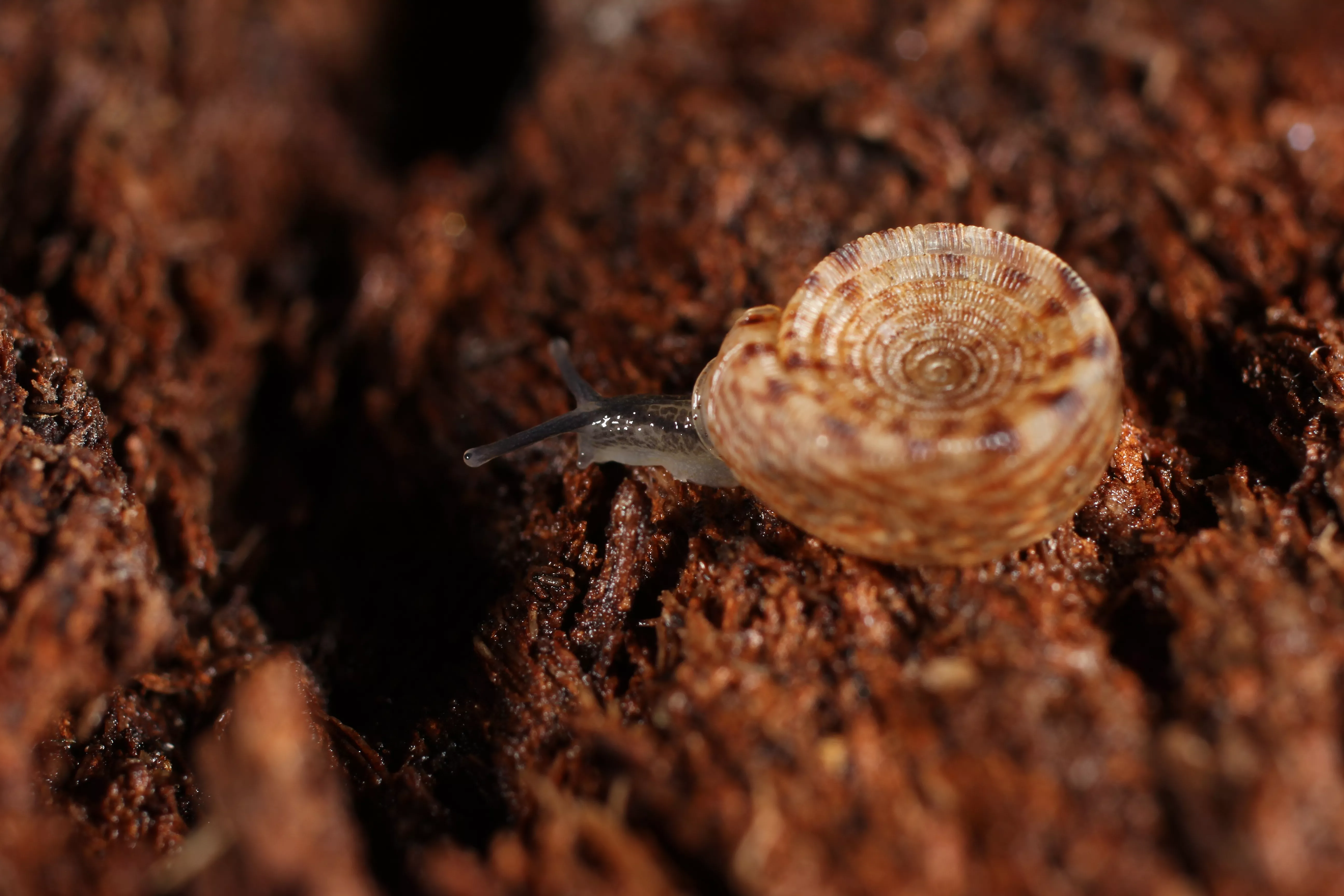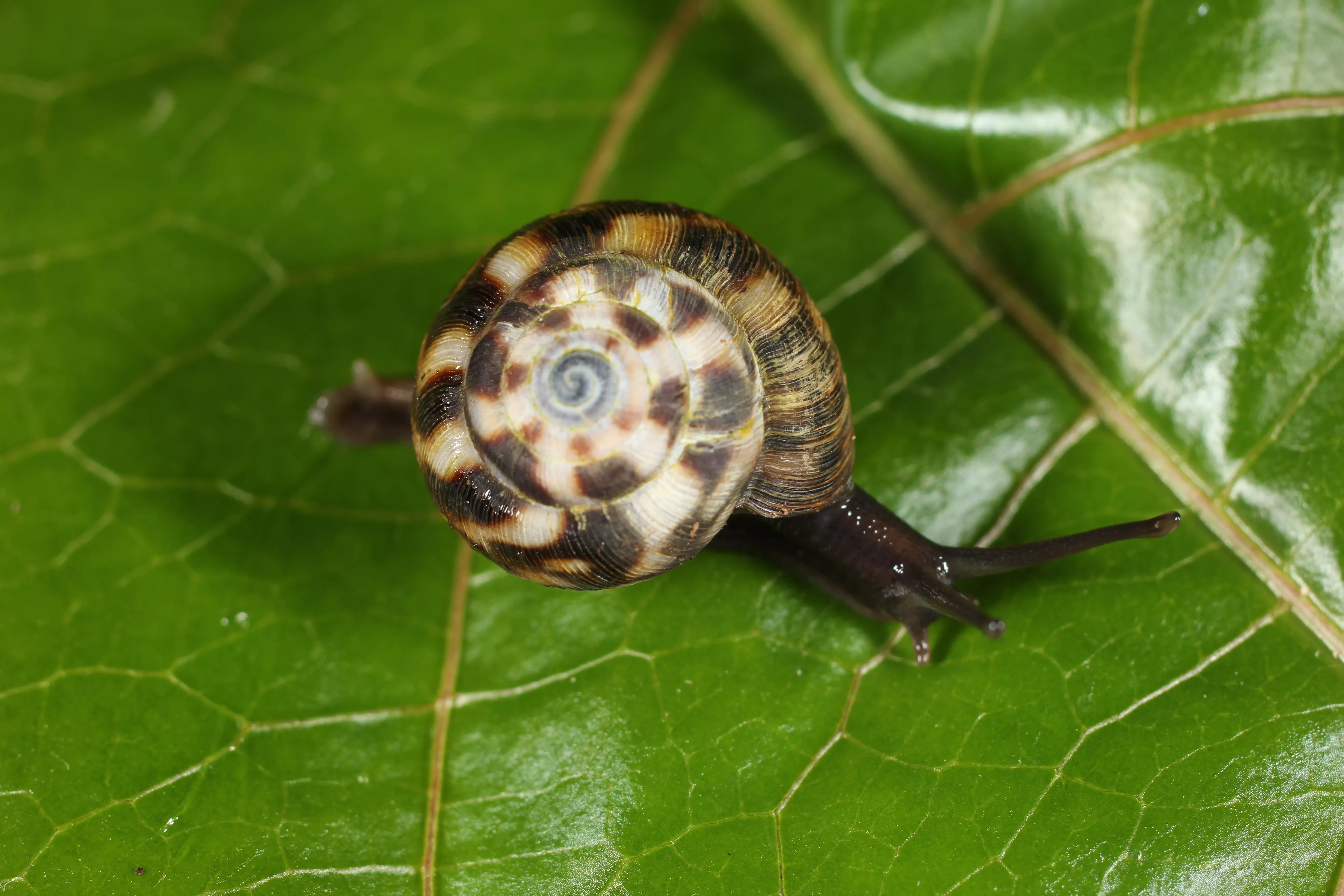Dr. Barna Páll-Gergely, senior research fellow at the Plant Protection Institute of the ELKH Centre for Agricultural Research (ATK), participated for the fourth time in the international collecting expeditions of the Paris National Museum of Natural History (Muséum national d'Histoire naturelle) in New Caledonia. As part of the expedition series aimed at exploring the terrestrial snail fauna of this Pacific archipelago, the Hungarian researcher's task is to revise the two most species-rich groups, the Diplommatinidae and Charopidae snail families, which may contain several hundred species unknown to science.

Exploring the biodiversity of our planet, discovering and describing previously unknown species are among the greatest challenges of humanity. This task is now more urgent than ever, as habitats that are home to indigenous species are rapidly disappearing due to the nature-transforming human activities. The rate of extinction of species is much higher on oceanic islands than on continents, and among various groups of organisms, land snails have been documented to have the highest proportion of extinction. Therefore, the Paris National Museum of Natural History (Muséum national d'Histoire naturelle) has launched a large-scale series of expeditions to explore the terrestrial snail fauna of New Caledonia in the Pacific Ocean. The island's natural habitats are primarily endangered by nickel mining, land use, and intentionally caused fires.

So far, a total of five larger expeditions, lasting about a month each and consisting of 5-8 members, have been organized by the staff of the Paris Museum, and they are planning at least two more. Dr. Barna Páll-Gergely, senior research fellow at the Plant Protection Institute of ATK, is one of the most active Hungarian zoologists who has discovered and described around 250 new species of snails. The Hungarian researcher is a regular invitee to the expeditions of the Museum, having participated four times so far. The project itself is significant because expeditions of this scale are nowadays extremely rare worldwide.

The researchers aimed to model the island's fauna in the most comprehensive way through systematic collection and soil-sample sieving. They take photographs of the collected live specimens, conduct molecular examinations on them, and through meticulous comparative work, they uncover which species are unknown. These newly discovered species are then scientifically described and named. Over the past few years, they have collected thousands of samples from more than five hundred locations.
In addition to participating in the expeditions, Barna Páll-Gergely's task is to revise the two most species-rich groups, the Diplommatinidae and Charopidae snail families, which may contain several hundred species unknown to science. The exploration of the New Caledonian snail fauna and the expedition results are closely related to Barna Páll-Gergely's ongoing NKFIH FK research application.